
Skyline High School students collecting data during their annual pond project testing the school’s pond water quality. Credit: Ashley Han
By Ashley Han & Olivia Watters, Capital News Service
LANSING — Every year, Ann Arbor’s Skyline High School students go salamander hunting.
Advanced Placement environmental sciences students have heard too much about rare salamanders in the school’s wetlands to not investigate for themselves.
The students, scattered in groups, are armed with nothing more than phone cameras, sketching tools and sharp eyes.
They loop around the woods and wetlands, eyes scouring the ground, dodging poison ivy and flipping over rotten logs in hopes of a glimpse of the rare creatures.

An aerial view of Skyline High School’s lands in Ann Arbor. Credit: Arthur Zheng
Their assignment is straightforward enough: Create a nature journal, observe the environment and record the physical and biological factors they find.
Yet, there is an unofficial goal: Find the elusive salamanders. Spotting one would be the crown jewel among any other observations.
Nature journals quickly fill with hasty notes, sketches and photos — food webs, grasshoppers, limestone, black-eyed Susans, coneflowers, deer prints pressed into mud — but rarely a salamander.
“We were told by our teachers that there might be salamanders out there because of the fact that Skyline was built where the salamanders used to live. But my groups were never able to find any,” said former student Elsa Wenzlaff.
“We looked on logs and in the forest near Skyline. And we looked for long periods of time, but mostly just found tiny little bugs,” Wenzlaff said.
The annual search raises more questions than it answers.
“Weren’t these salamanders like an integral part of our community at one point?” Mona Spiteri , another former student, wondered aloud. “What happened?”
When construction for Skyline broke ground in 2004, it revealed a rare population of LJJ unisexual hybrid salamanders – first incorrectly thought to be silvery salamanders.
The habitat supported the only confirmed location for them in Michigan during that time.
The finding raised concerns about the building’s impact on the local salamander population and the health of wetlands.

Photo of a so-called ‘silvery salamander,’ spotted salamander and red-spotted newt under a log in a Skyline High School wetland from a 2006 Natural Area Preservation Herpetology Report. Credit: City of Ann Arbor/David Mifsud
“The opening of Skyline was actually delayed by a year in part because they found a salamander on the property that they thought might be an endangered species,” teacher Casey Warner said.
But it was soon discovered that, due to the salamanders’ unique genetic makeup, they weren’t legally classified as a species and, therefore, weren’t protected under the Endangered Species Act.
Even so, their rarity in Michigan prompted a wave of conservation efforts.
In 2005, following a report by Ann Arbor’s Division of Natural Area Preservation, an intensive amphibian and reptile rescue was launched.
The city created mitigation wetlands to replace the original one destroyed by construction to provide a new habitat for approximately 3,000 relocated amphibians, including 200 salamanders.
The effort led to the collection and relocation of over 5,000 individuals, representing 14 species.
After the restoration was completed, the city received five years of funding to study all species on the Skyline wetlands.
The agency’s head herpetologist, David Mifsud put together yearly herpetological and wetland survey reports from 2002 to 2007 with a focus on the salamanders.
That included monitoring species to assess the construction’s impact, regular walks along the fence during the first spring rainfall to collect and relocate salamanders to the new wetland and evaluating how suitable the habitat was for its new residents.
Funding for restoration efforts expired in 2008 and Mifsud left the project around this time. Since then, there’s been only limited monitoring.
Skyline’s natural areas have seen neglect in the last few years.
The black fence installed around the property, meant to protect salamanders from traffic, has seen better days.
“They put that fence up because salamanders were trying to come back to the pond. I’ve heard rumors that they got as far as inside the door,” said George Hammond, a city field biologist. “It’s very sad.”
When trees fall on the fence, students or other volunteers occasionally move the debris, but there’s no money for proper repairs or maintenance. Many students now simply hop over the crumpled fence to enter the area.
There’s also the water pump that once maintained water levels in a pond for salamanders.
After a tree fell on its pipe around 2010, it has been inactive and no repair efforts have been made.
The 2006 herpetological survey report identified continued monitoring of Skyline’s wetlands as “imperative to measure the success of the site” and essential to species survival.
It recommended that “every possible effort should be made to maximize the education aspects of this site while concurrently being the best stewards of this area. A detailed and comprehensive management plan for this site should be developed, including placement of trails, habitat restoration, environmental education and stewardship opportunities, and long-term monitoring.”
Lack of continued monitoring has caused a major invasive species problem.
The 2008 herpetology report noted that “treatment is highly recommended to control these species when concentrations are low and control is quite feasible. Management is most critical during the first three to five years of mitigation wetland development, as native plants become established and increase their coverage within the wetlands.”
The invasives that began to grow in 2008 have spun out of control due to a lack of proper management.
Now, non-native plants like honeysuckle, Japanese barberry and autumn olive trees run rampant.
Managing invasive species requires significant resources and ongoing efforts.
Advocates like Warner, the teacher, have pushed the school district to conduct a controlled burn of the area, but efforts have been slow-moving due to lack of funding.
“Anything we could do would be better than nothing,” said Warner.
“I just went in over the summer with a hacksaw and just chopped away at a few invasives around the edges, but one person just going in there whenever she has time isn’t going to do that much, so we really need a burn.”
In 2023, Warner received a $400 grant from the school district and the city’s Office of Sustainability and Innovations to buy a wheelbarrow, gloves and mulch to help prevent tree trunks from being damaged by the lawn mowers.
The next year, the district removed an oak infected with oak wilt from the woods to prevent the spread of fungus to other trees.
Besides these instances, there is no current ongoing research or maintenance related to the wetlands funded by the district, according to Andrew Cluley, the Ann Arbor Public Schools communications director.
“The district does not have any projects scheduled that are anticipated to impact this area around Skyline” but “remains committed to the environment, including the woodlands and wetlands on the grounds around Skyline High School that are home to salamanders,” Cluely said.
Ashley Han and Olivia Watters are Skyline High School students. Reporting for this story was supported by a grant from MSU’s Knight Center for Environmental Journalism.
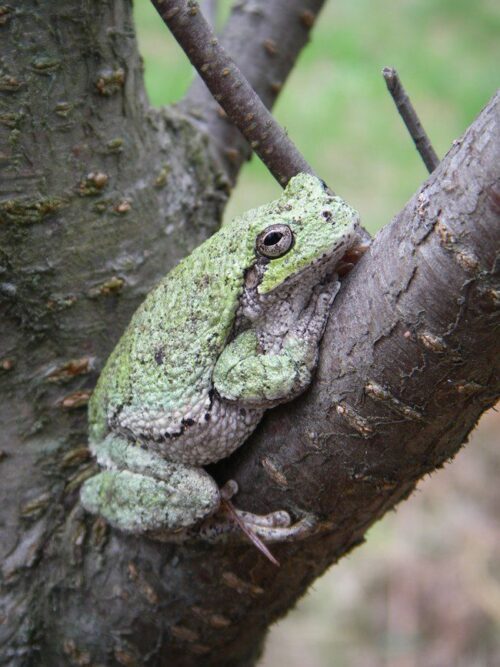
Wildlife change – and don’t change – on tiny Lake Huron island, scientists say
By Eric Freedman, Capital News Service LANSING – In nature, a lot can change on a largely uninhabited Great Lakes island over the course of a...
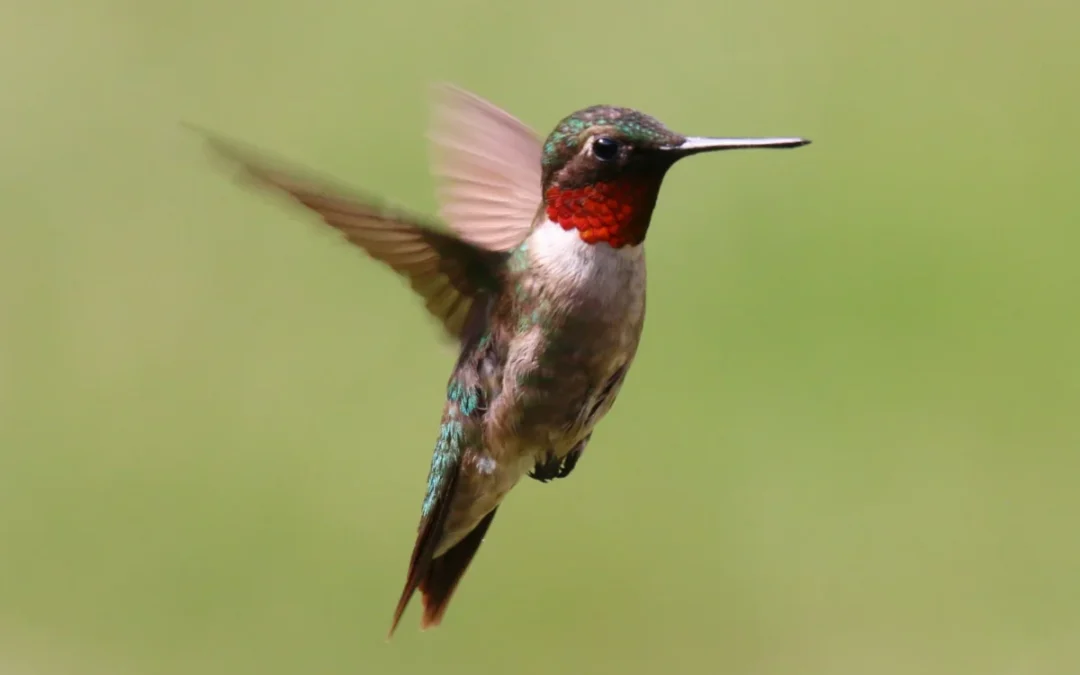
Planting native flowers this summer could bring hummingbirds to your yard
By CLARA LINCOLNHOL, Capital News Service LANSING – Lindsey Kerr with Michigan State University Extension said hummingbirds like trumpet-shaped...
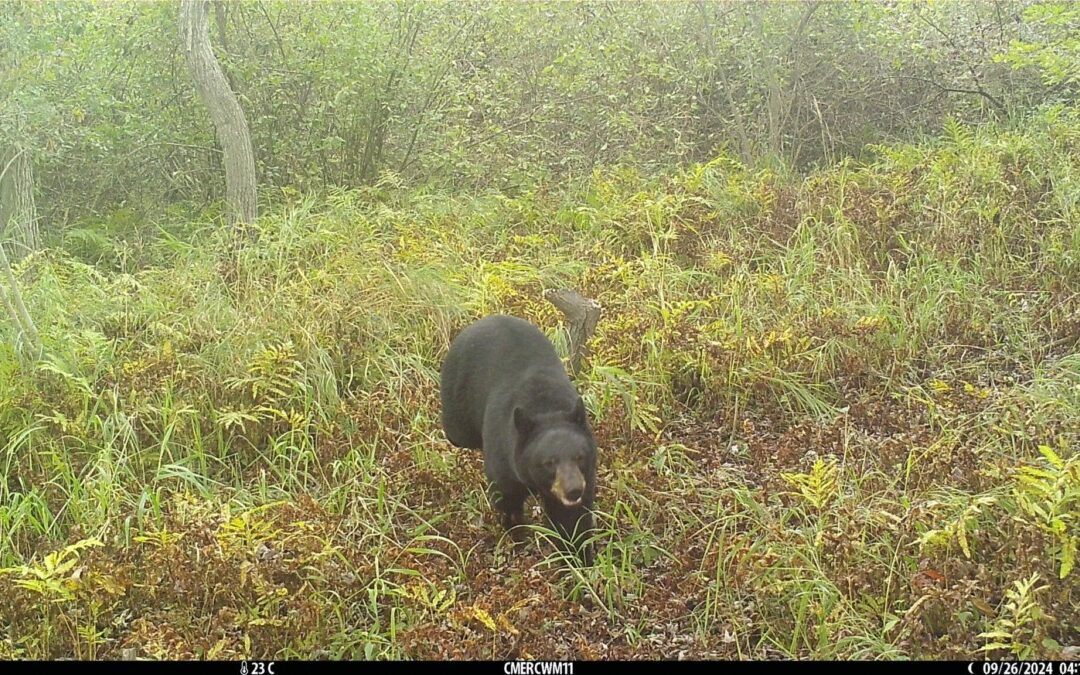
Michigan black bears move south
By Gray Longcore, Capital News Service LANSING — “There’s bears here?” That was a common response this spring to the first public display of photos...
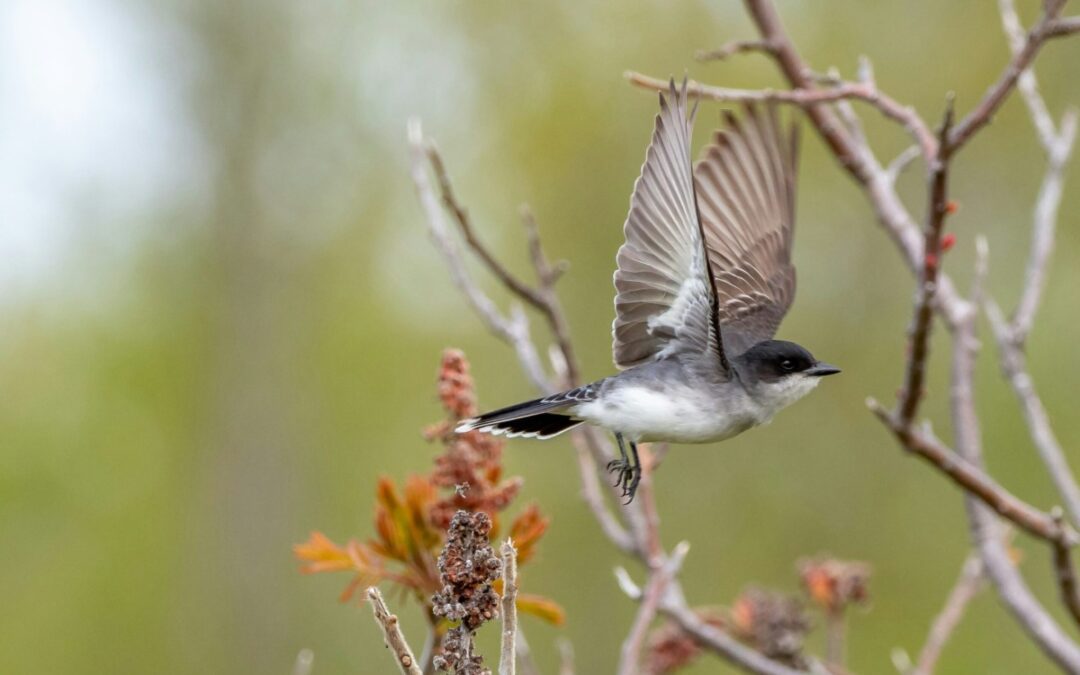
Your guide to the Saginaw Bay Birding Trail
The Saginaw Bay Birding Trail spans 142 miles across Michigan and is ideal for bird-watching enthusiasts and nature lovers alike. If you heard the...
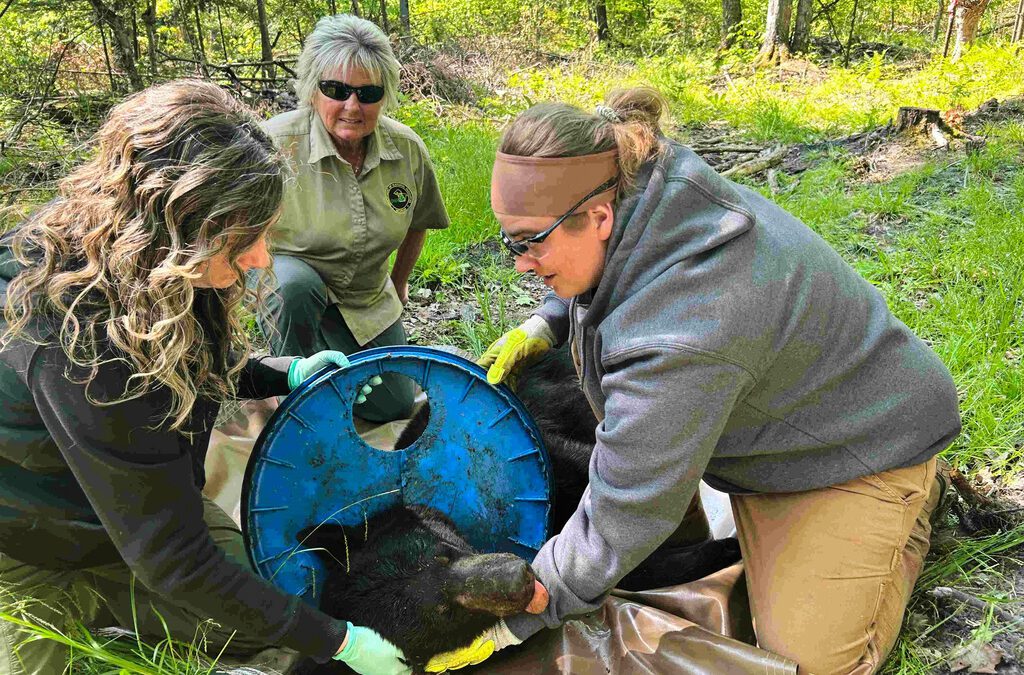
A Michigan bear roamed the woods for two years with an awful lid on his neck. Not anymore.
Michigan wildlife experts finally were able to trap a black bear and remove a large lid that was stuck around his neck — for two years. “It’s pretty...





